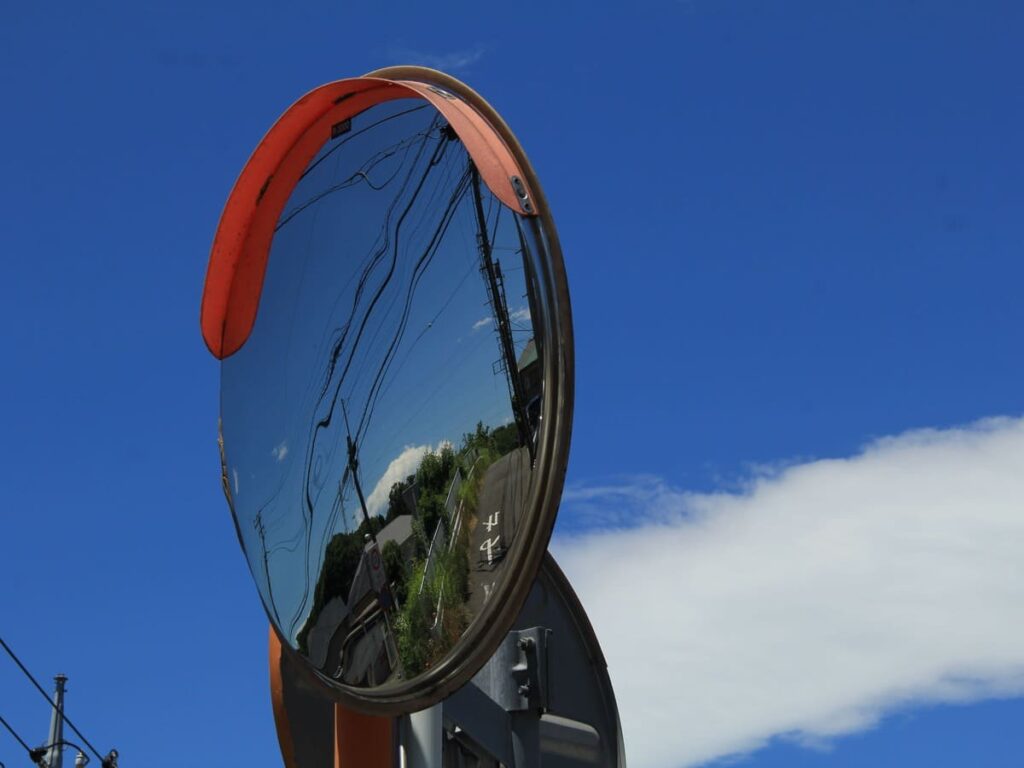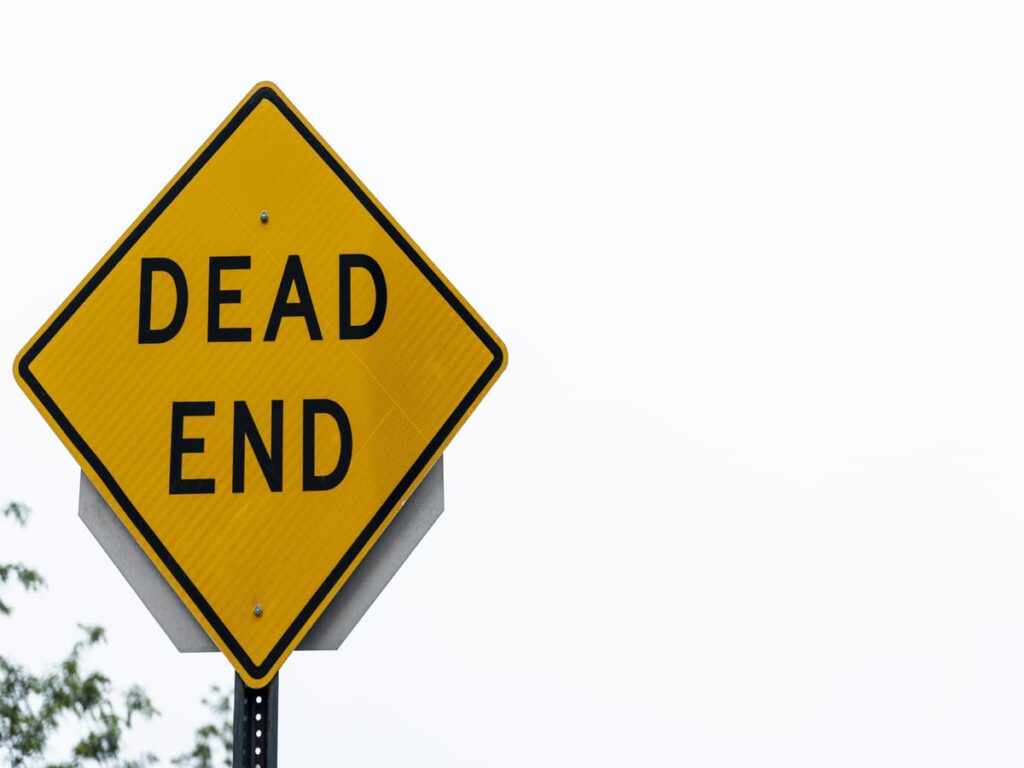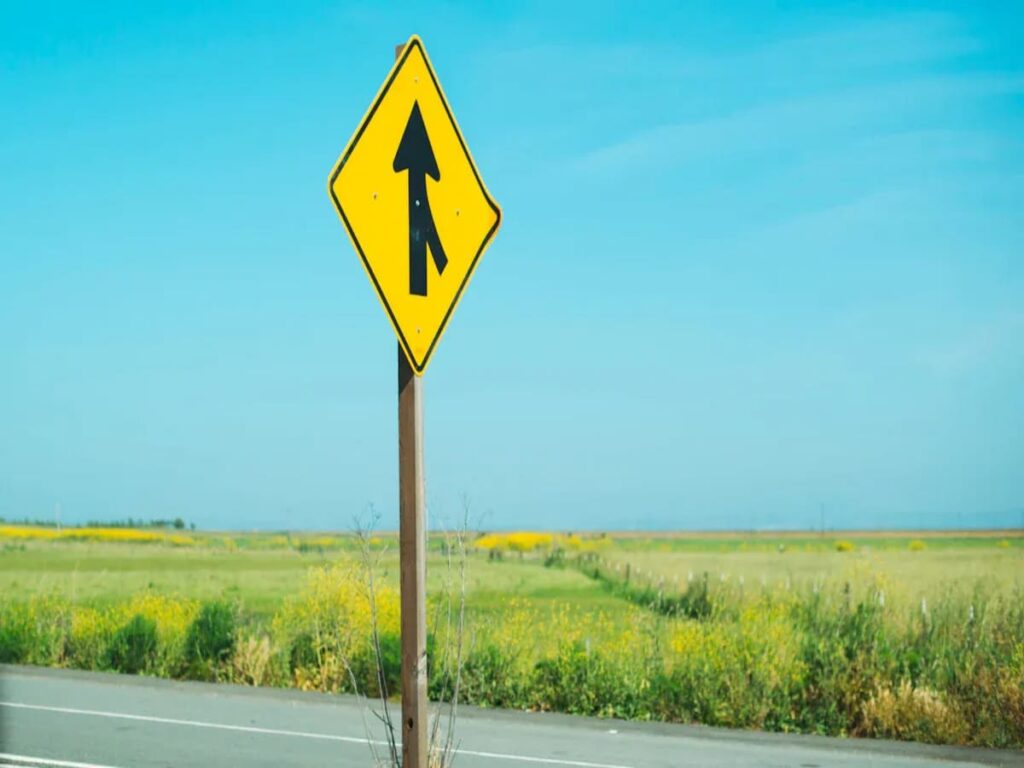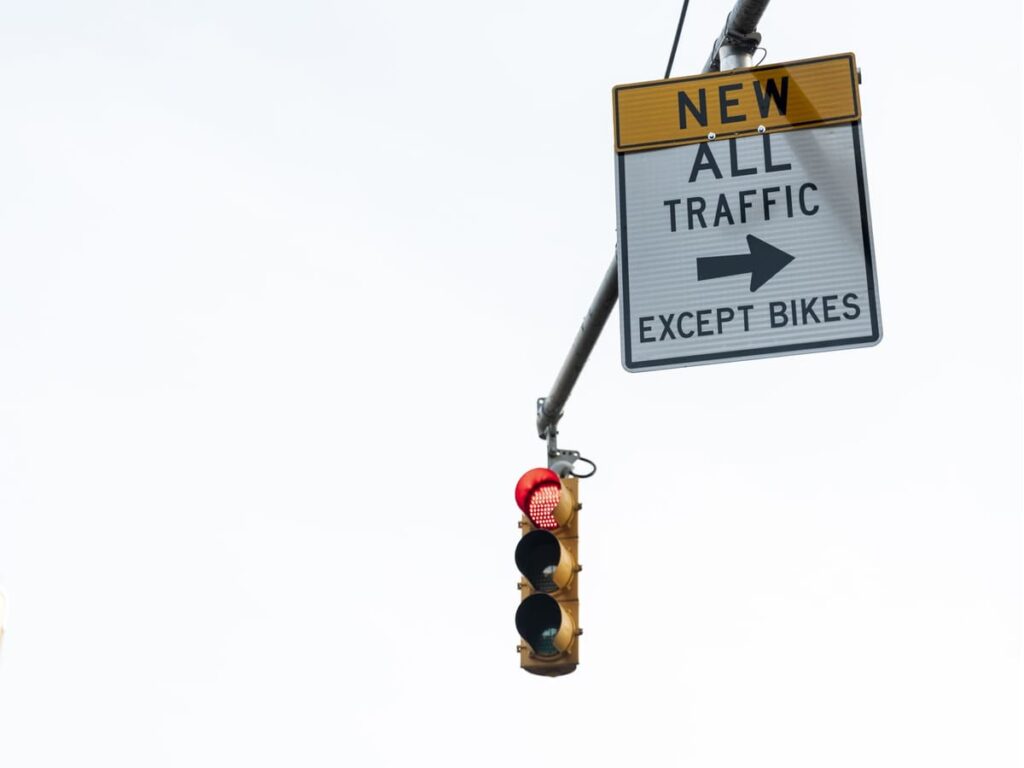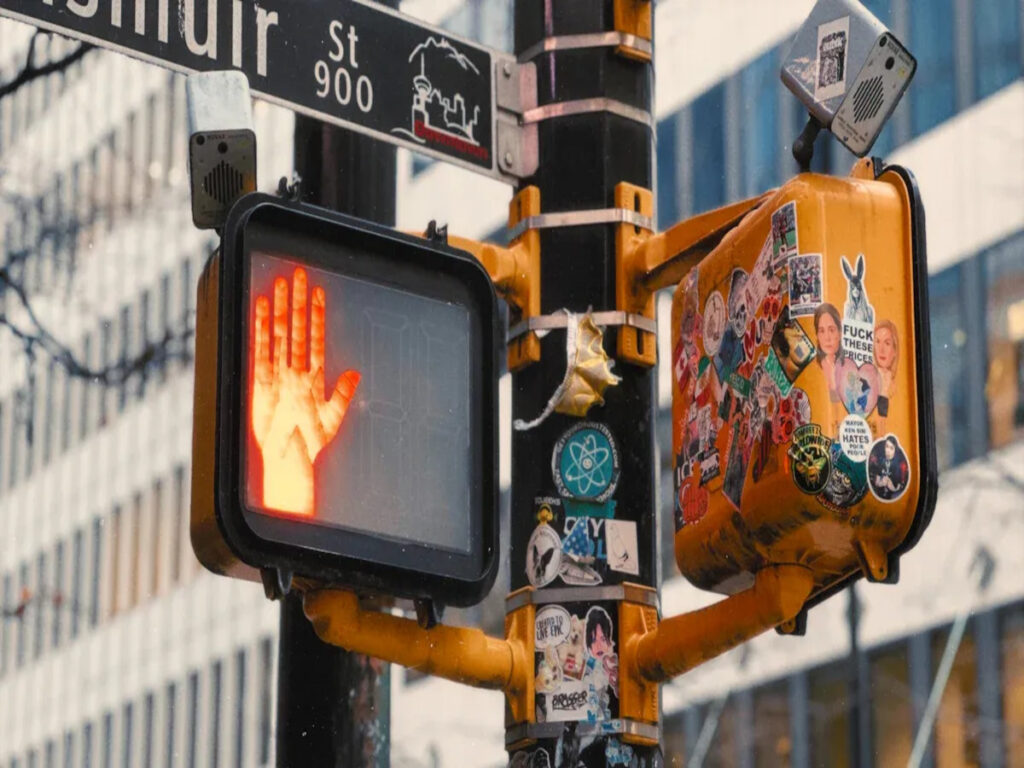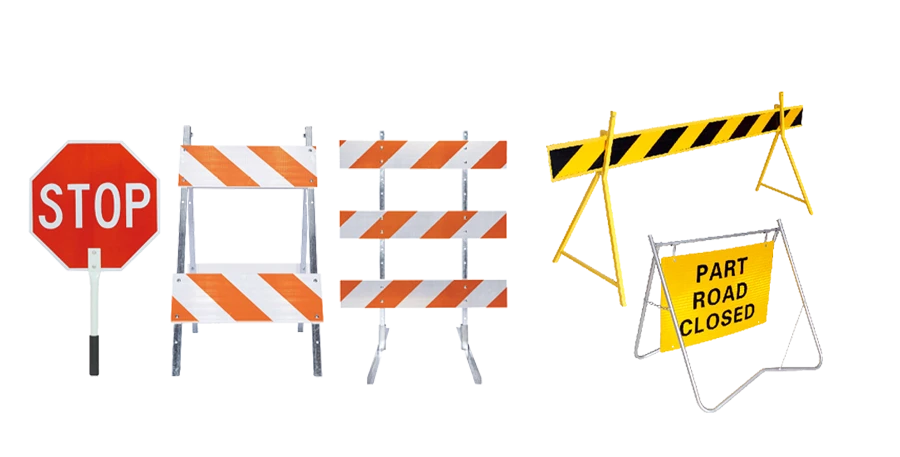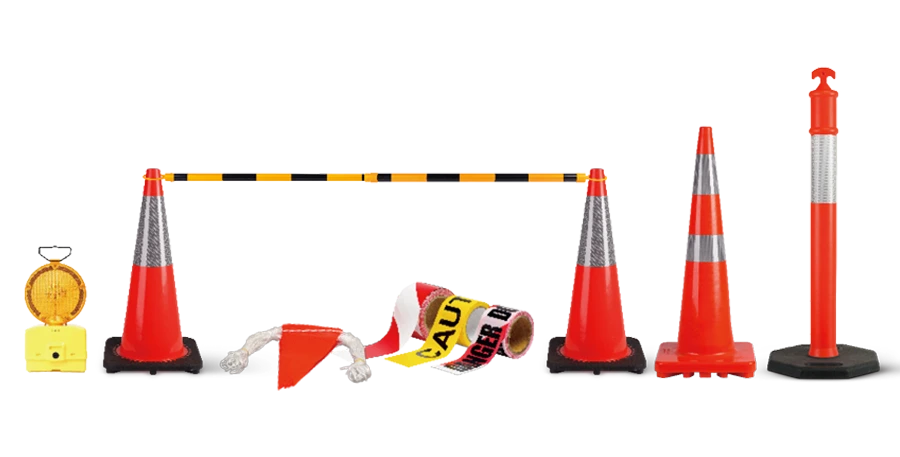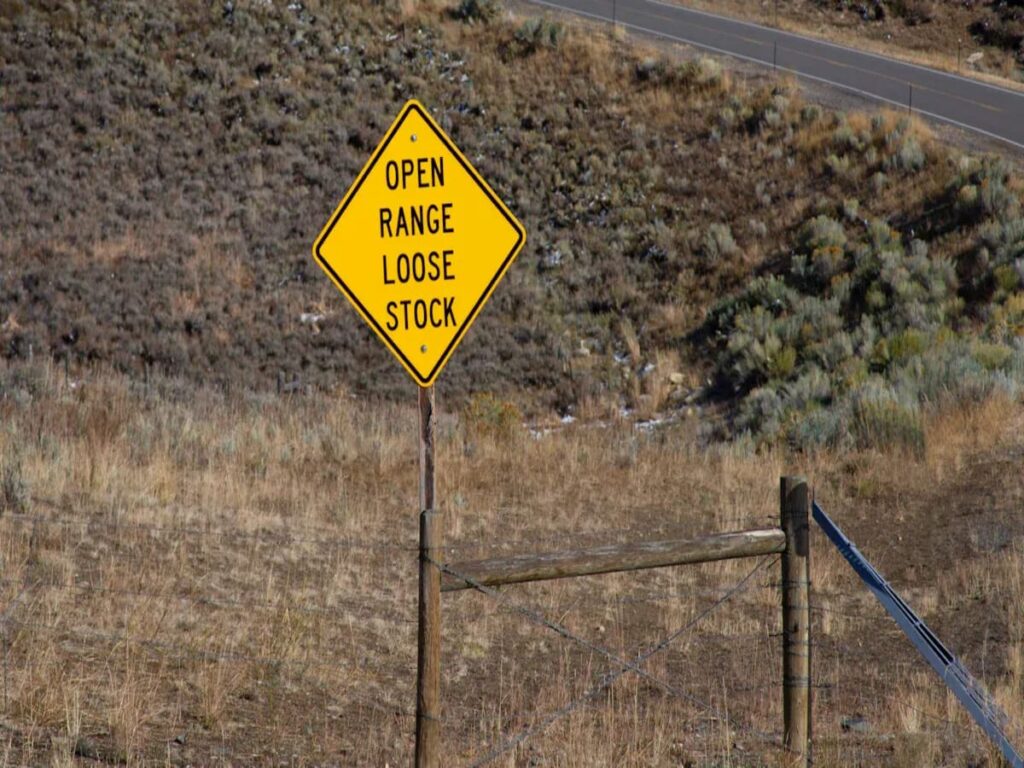
A loose gravel sign tells drivers the road is not stable. Gravel is on the road and can make driving tricky. This sign helps keep people safe by telling them to slow down. Drivers should be careful when they see it. On roads that are not fully paved, seeing the loose gravel sign helps drivers not skid. People need to change how they drive when they see this warning.
A OPTRAFFICO, we understand the importance of road safety, and we offer high-quality Loose Gravel road signs to ensure that drivers are well-informed and can react in time. Our signs are designed to meet MUTCD standards and are made from durable materials to withstand harsh weather conditions. Whether you need to replace existing signs or are setting up safety measures for new routes, OPTRAFFICO provides effective solutions for enhancing road safety.
Takeaway chiave
- Loose gravel signs tell drivers the road is not stable. You should slow down when you see this sign. Slowing down helps you not skid.
- Gravel roads make it hard for tires to grip. It is harder to steer your car. Drive slow and do not turn or stop quickly. Questo ti aiuta a stare al sicuro.
- Keep a safe space of six seconds behind other cars. This space gives you time to see and react to dangers.
- Check the road often for unsafe spots. Tell someone if you see missing signs or problems. Reporting can stop accidents from happening.
- Use many safety tools like signs, dossi, and cones together. Using these tools helps keep drivers safe. It also helps drivers notice dangers faster.
Comprendere il segnale stradale di ghiaia sciolta
What Does the Loose Gravel Sign Look Like?
The loose gravel sign stands out on the road. It uses a diamond shape and a bright yellow background. Black letters and a black border make the message clear. The sign uses strong, weather-resistant aluminum. This helps it last through rain, sole, e neve. The surface reflects light, so drivers see it both day and night. The loose gravel sign follows the rules set by the Manuale sui dispositivi di controllo del traffico uniforme (MUTCD). These rules help keep the sign easy to spot and understand.
| Caratteristica | Descrizione |
|---|---|
| Tipo di segno | W8-7 Loose Gravel Sign |
| Forma | Diamante |
| Colore | Black legend and border on yellow background |
| Materiale | Weather-resistant aluminum |
| Riflettività | High intensity, meets DOT and MUTCD |
| Conformità | Standard MUTCD |
Common Locations for Loose Gravel Signs
Drivers often see the loose gravel sign in places where the road surface changes. These signs appear before drivers reach areas with loose stones or gravel. Some of the most common locations include:
- Farm roads
- Autostrade
- Strade private
- Truck routes
Construction sites also use the loose gravel sign to warn about new or temporary gravel surfaces. Drivers should watch for these signs in rural areas and near road work.
The Purpose of the Loose Gravel Road Sign
The loose gravel sign warns drivers about the dangers of loose stones on the road. It tells them to slow down and drive with care. Loose gravel can make tires slip and reduce control. The sign helps drivers avoid skidding and accidents. Transportation authorities use the loose gravel sign to improve safety. Quando i conducenti vedono il cartello, they know to change their driving habits. This simple warning can prevent crashes and keep everyone safer on the road.
Mancia: Always slow down when you see a loose gravel sign. This helps protect you and others from accidents.
Risks of Driving on Unstable Gravel Surfaces
Impact of Reduced Traction on Gravel Roads
Gravel roads are hard for drivers. The surface does not hold tires like pavement does. Traction gets worse, especially on curves or loose stones. Drivers see that it takes longer to stop. Tires can slip more, so it is harder to control the car. All-wheel drive helps, but every car has less grip. Ghiaia, sporco, and sand always give less traction than pavement. Drivers must pay attention because skidding is more likely when traction is low.
Nota: It takes longer to stop on gravel roads. Drivers should slow down and leave more space between cars.
- Gravel roads can make tires slip, Soprattutto sulle curve.
- Traction is okay on gravel but can be loose in spots.
- AWD helps with control, but less traction is still a problem.
The Dangers of Skidding and Loss of Control
Skidding happens a lot on gravel roads. When traction drops, cars can lose grip and slide sideways. Drivers may have trouble steering or stopping fast. Less traction means accidents can happen, especially if a driver turns or brakes hard. Gravel does not support cars like pavement does. Drivers should not make sharp moves to stay safe. Skidding can cause crashes, rollovers, or cars leaving the road.
| Hazard | Descrizione |
|---|---|
| Skidding | Tires lose grip and slide |
| Loss of control | Hard to steer or stop |
| Longer stops | Increased stopping distance |
High-Speed Hazards on Gravel Roads
Going fast on gravel roads is very risky. When speed goes up, traction gets even worse. Drivers who speed can lose control. Studies show speeding causes many crashes on gravel roads. Almost half of deadly crashes with speeding happen on dirt, mud, o ghiaia. High speeds make it hard to react to road changes. Drivers should slow down when they see a loose gravel sign. Slower speeds help keep control and lower the chance of accidents.
- There is a strong link between speed and crashes on gravel roads.
- Speeding makes it easier to lose control on gravel.
- 44% of deadly crashes with speeding happened on dirt, mud, o ghiaia.
Essential Safety Tips for Driving on Gravel Roads
Why Slowing Down Is Crucial
Drivers should slow down on gravel roads. Lower speeds help keep the car steady. Gravel does not grip tires like pavement does. When cars go slower, steering and stopping are easier. Slowing down is very important for safety on loose gravel. Many crashes happen when drivers go too fast. Going slower helps drivers see changes in the road. It also helps them avoid dangers.
Mancia: Always slow down before you drive onto a gravel road. This makes driving safer.
How to Avoid Sudden Movements on Gravel
Quick moves can make a car skid or lose control. Drivers should turn the wheel gently. They should not brake hard. Experts say to make slow, smooth changes in speed or direction. If you need to stop, press the brakes gently. Fast turns or stops can make tires slide on gravel. Staying calm and moving smoothly keeps you safer.
The Importance of Increasing Following Distance
It is very important to keep space between cars on gravel. Drivers should stay at least six seconds behind others. This helps avoid crashes from dust or flying rocks. In rain or dust, leave even more space. More distance gives time to react. Questo aiuta a mantenere tutti al sicuro.
- Stay at least six seconds behind other cars.
- More space helps avoid dust and rocks.
- Leave extra space in bad weather for safety.
Staying Alert While Driving on Gravel Roads
Alert drivers see changes in the road fast. They slow down when going from pavement to gravel. They do not make quick changes in speed or direction. If the car slides, take your foot off the gas. Steer gently to get control back. Follow the tracks of other cars if you can. Being alert and careful can stop many crashes on gravel roads.
Preventing Accidents on Gravel Roads
How Loose Gravel Signs Help Reduce Accidents
Loose gravel signs help stop accidents on rough roads. When drivers see theloose gravel road sign, they know the road is not safe. The sign warns about loose stones that can cause accidents. Drivers slow down when they notice the sign. Going slower means accidents are less likely. Gravel can make tires slip if drivers do not slow down. The sign helps drivers avoid quick moves that could cause a crash. Many reports say warning signs lower accident numbers on gravel roads. Drivers who do not listen to the sign have a higher chance of crashing. The sign tells drivers to slow down to stay safe. Transportation departments put these signs before sharp turns or steep hills to stop crashes. The sign also helps lower crash risk by making drivers more careful. When drivers follow the sign, they avoid accidents and keep others safe. The sign is the first step to stop accidents on gravel roads.
Encouraging Safer Driver Behavior on Gravel Roads
Loose gravel signs do more than just warn about crashes. They help drivers act safer. After seeing the sign, drivers pay more attention. They check their speed and watch the road closely to avoid crashes. Many drivers leave more space between cars to stop safely. The sign makes drivers think about crash risk and change how they drive. Studies show drivers are more careful and slow down after seeing the sign, which lowers crash numbers. Drivers who pay attention to the sign avoid crashes and collisions. The sign also reminds drivers not to turn sharply, che può causare incidenti. By changing how people drive, the loose gravel road sign helps stop crashes and collisions on gravel roads. Drivers who respect the sign help keep everyone safer.
Considerazioni legali: Personal Injury Claims on Gravel Roads
Understanding Liability on Gravel Roads
Liability is important after an accident on gravel roads. If someone gets hurt, they might file a claim. They do this if they think the road was unsafe. Courts decide who should keep the road safe. In Grunwald v. Clifton, the court said the town must keep roads safe. The town did not remove gravel, so someone got hurt. This case shows towns can be blamed if they do not fix dangers. To make a claim, a person must show the bad road caused the accident. They also must show someone did not fix the problem. The claim checks if the city or others knew about the danger and did nothing. A claim works if you prove the unsafe road caused the injury. People should get proof like road photos and witness stories to help their claim.
Reporting Unsafe Gravel Road Conditions
Telling about unsafe roads helps stop accidents and helps claims. People should call local officials when they see dangerous roads. Not every problem needs a report, but real dangers should be shared. Some examples are missing signs, water on the road, or sinkholes. Telling about these problems shows the city knew about them. This can help if you need to make a claim later. Ecco alcuni passaggi da seguire:
- Tell local officials about dangerous roads right away.
- Only report things that are really unsafe.
- Watch for missing signs, acqua, or sinkholes.
- Reporting can help your claim and maybe get you money.
People who report dangers help make roads safer for all. They also make a record that can help if an accident happens because of those dangers.
Making Gravel Roads Safer with Extra Safety Tools
How Speed Bumps Help on Gravel Roads
Dossi della velocità are important for safety on gravel roads. Local leaders put in speed bumps when people complain about fast cars. Rules say speed bumps can go on local roads and tracks. They cannot be taller than 10 cm, so cars do not get hurt. Speed bumps make drivers slow down. This helps stop crashes and injuries. People see cars go slower after speed bumps are added. These tools help stop dangerous driving and make people drive safer.
- Speed bumps make cars go slower for safety.
- They stop people from driving too fast or wild.
- Fewer crashes and injuries happen after speed bumps go in.
- People say cars drive slower where there are speed bumps.
Mancia: Always drive slowly over speed bumps. This keeps your car safe and helps you stay in control.
Using Traffic Cones for Temporary Safety
Coni stradali are a quick way to show danger on gravel roads. Workers put cones out when fixing roads or during building work. Cones warn drivers about loose gravel or road changes. The bright colors and shiny strips help drivers see cones at night or in bad weather. Cones help drivers move safely through risky spots. They also remind drivers to slow down and watch the road.
| Safety Tool | Scopo | Visibilità |
|---|---|---|
| Coni stradali | Show where there is danger | Alto |
| Dossi della velocità | Make cars slow down | Moderare |
Using Signs, Speed Bumps, and Cones Together
Gravel road signs, dossi stradali, and cones all help keep roads safe. Signs tell drivers about rough roads ahead. Speed bumps make cars slow down. Cones show where there is danger and help guide cars. Se usati insieme, these tools help stop crashes and keep everyone safe. Drivers who watch for all these safety tools can stop skidding and keep better control of their cars.
Nota: Using many safety tools gives drivers more time to react. This helps them make safer choices on gravel roads.
Best Practices for Effective Loose Gravel Sign Placement
Ideal Locations for Loose Gravel Road Signs
Placing loose gravel signs in the right spots helps drivers stay safe. Road crews should install these signs before drivers reach gravel sections. Drivers need time to slow down and prepare for the change in road surface. Good locations for these signs include:
- Before entering gravel roads: Drivers see the sign and know to reduce speed.
- At sharp curves or bends: Gravel can make turns slippery. Signs warn drivers to be careful.
- Near intersections: Drivers may need to stop or turn. Signs help them avoid skidding.
- On hills or slopes: Going up or down on gravel is risky. Signs remind drivers to use caution.
- At construction zones: Temporary gravel surfaces need clear warnings.
Mancia: Placing signs at least 200 feet before the gravel area gives drivers enough time to react.
A table can help show where to place loose gravel signs:
| Posizione | Reason for Placement |
|---|---|
| Before gravel roads | Warns about surface change |
| Curve affilate | Alerts to slippery turns |
| Incroci | Prepares for stops/turns |
| Hills or slopes | Warns about traction loss |
| Zone di costruzione | Marks temporary hazards |
Maintaining the Visibility and Effectiveness of Gravel Road Signs
Keeping loose gravel signs visible is key for safety. Crews should check signs often to make sure nothing blocks them. Overgrown plants, sporco, or snow can hide signs from drivers. Workers should clean signs and trim plants around them.
Signs must stand straight and face oncoming traffic. Damaged or faded signs need quick replacement. Le superfici riflettenti aiutano i conducenti a vedere i segni di notte o in caso di maltempo.
Nota: Regular checks and cleaning keep signs easy to see and understand.
A well-placed and well-maintained sign helps every driver stay alert and safe on gravel roads.
Loose gravel signs help keep roads safe for everyone. These signs warn drivers so they do not skid or crash. Local governments make sure the signs are easy to see. They also replace old signs to keep roads safe. Public campaigns teach people about gravel road safety. Some good campaigns are:
- Road Safety Day with news and radio
- Fun workshops for students to learn
- Tire safety lessons for truck drivers
- Practice driving for kids at school
- Postcards with tips at tire check events
Drivers who watch for these gravel road signs and slow down help keep all people safe on the road.
Domande frequenti
What does a loose gravel road sign mean?
A loose gravel road sign tells drivers there are loose stones ahead. Drivers need to slow down and be careful. The sign helps stop skidding and crashes.
Where are loose gravel signs usually placed?
Road crews put loose gravel signs before gravel roads, Turne acute, colline, or places with road work. These signs warn drivers early so they can slow down and get ready for changes.
How should drivers react to a loose gravel sign?
Drivers should drive slower, not turn quickly, and leave more space between cars. Staying alert and moving smoothly helps drivers keep control on gravel.
Can loose gravel damage vehicles?
Loose gravel can break paint, crack glass, or hurt tires. Drivers who go slow and stay back from other cars can lower the chance of damage.
Why is it important to maintain loose gravel signs?
Signs that are clean and easy to see work best. Workers check signs often so plants, sporco, or snow do not hide them. Clear signs help drivers stay safe on gravel roads.

